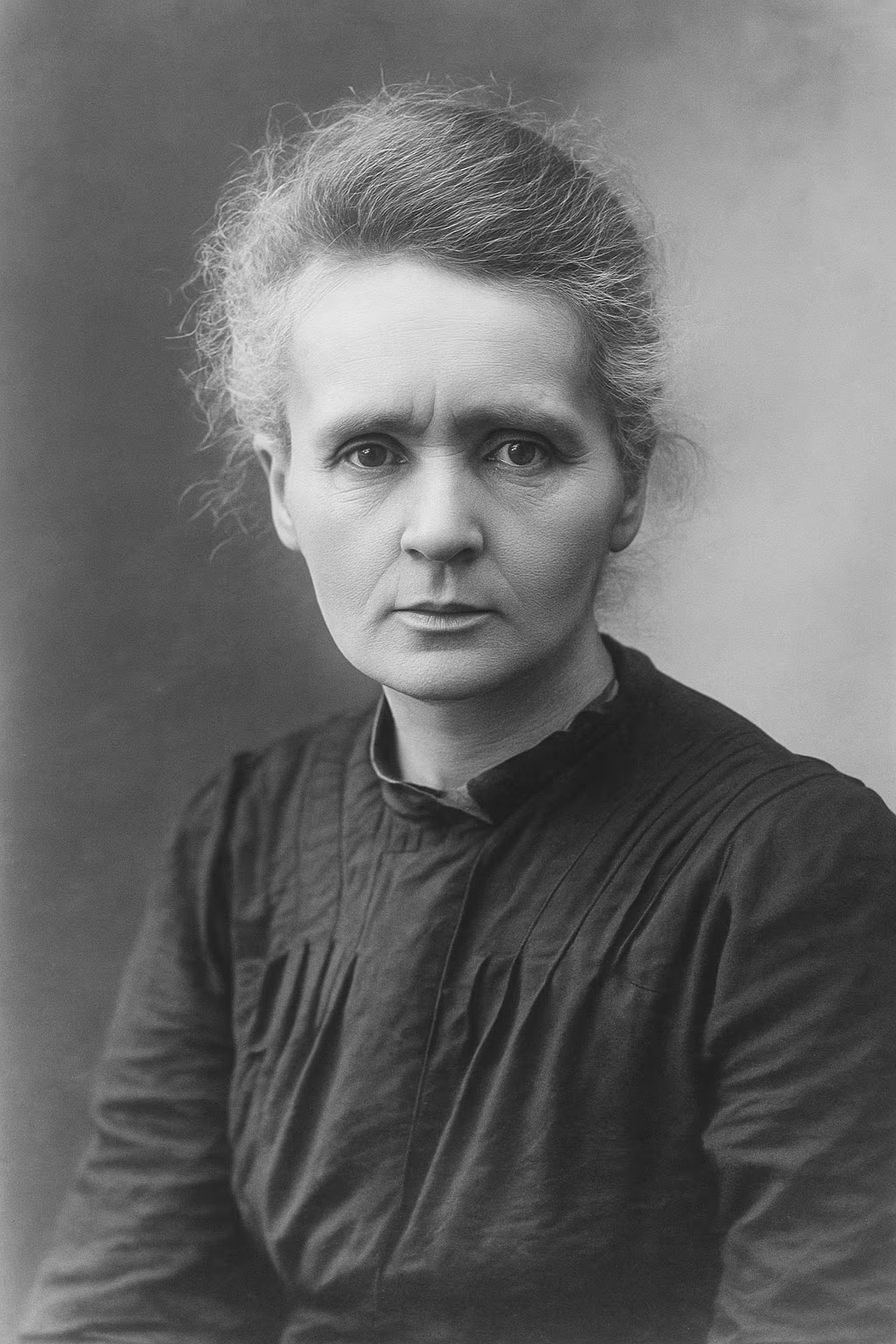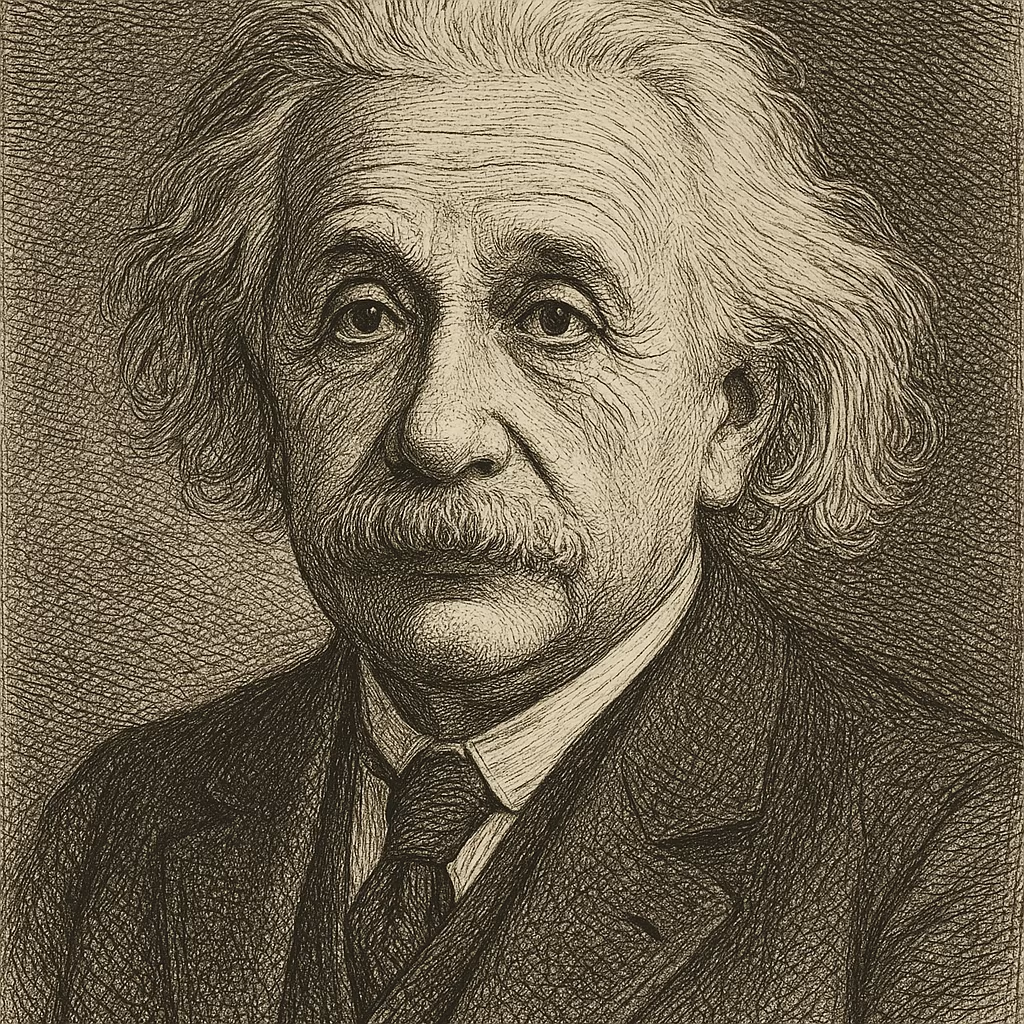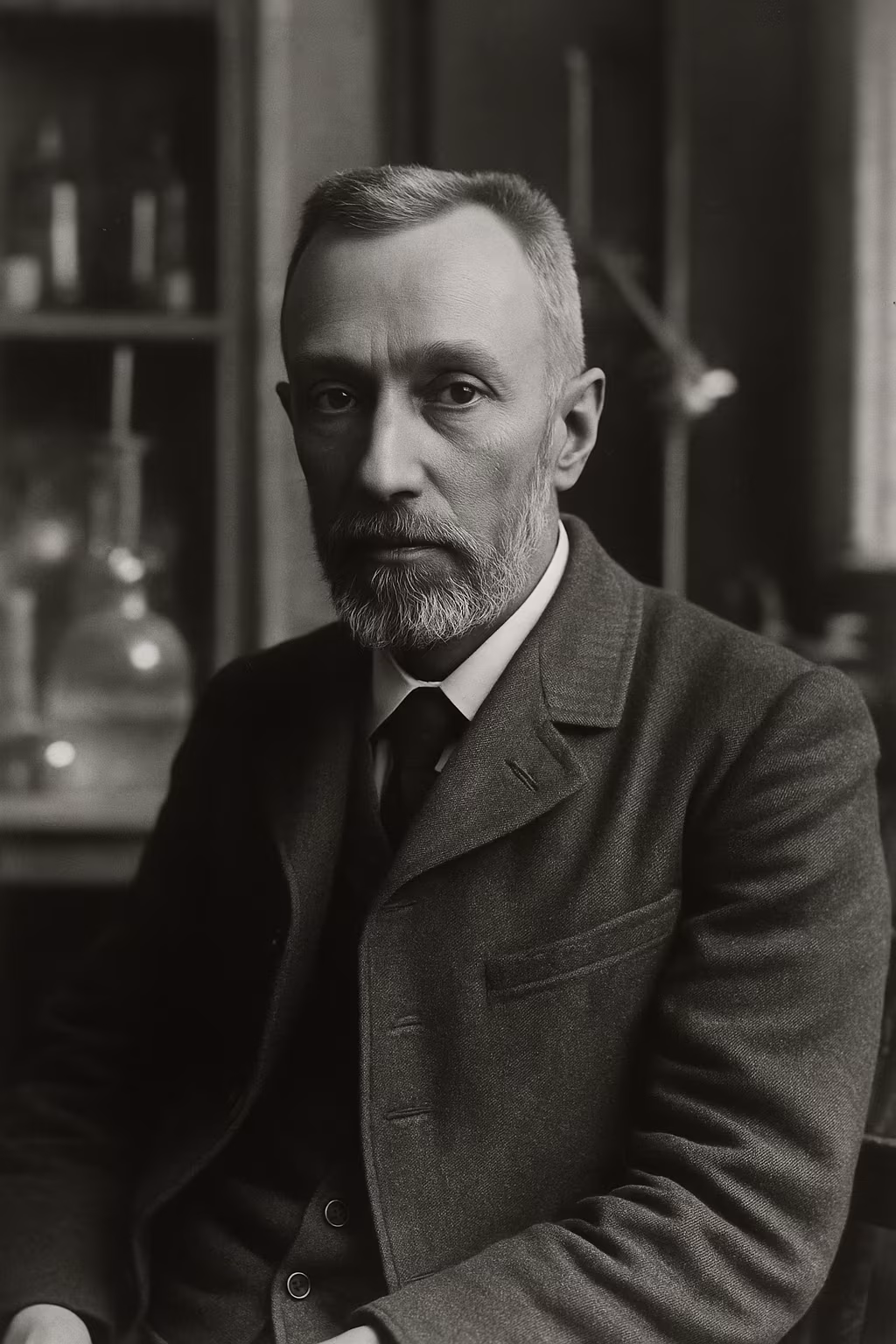Marie Curie (1867 – 1934)
Quick Summary
Marie Curie (1867 – 1934) was a physicist and major figure in history. Born in Warsaw, Kingdom of Poland (Russian Empire), Marie Curie left a lasting impact through Discovered the elements polonium and radium (1898).

Birth
November 7, 1867 Warsaw, Kingdom of Poland (Russian Empire)
Death
July 4, 1934 Passy, Haute-Savoie, France
Nationality
French and Polish
Occupations
Complete Biography
Early Life
Marie Curie was born Maria Skłodowska on November 7, 1867, in Warsaw, then part of the Russian Empire. The youngest of five children, she grew up in a family of educators deeply attached to Polish culture despite Russian domination. Her father, Władysław Skłodowski, was a physics and mathematics teacher who introduced her early to scientific apparatus and experimentation. The family’s financial situation was difficult, and Maria’s early education took place under harsh political repression, where Polish language and history were banned. Nonetheless, she excelled academically and developed an early passion for science and learning. Unable to study at the male-only University of Warsaw, she joined the clandestine 'Flying University', which provided higher education to women. There she deepened her knowledge in physics, chemistry, and mathematics, and formed a lifelong commitment to intellectual independence and equality in education.
Studies In Paris
In 1891, at the age of 24, Maria moved to Paris to study at the Sorbonne, adopting the name 'Marie'. Despite extreme poverty and poor health, she completed degrees in physics (1893) and mathematics (1894), ranking among the best students in her class. Paris exposed her to a vibrant scientific community and rigorous academic methods. She met Pierre Curie, a physicist specializing in crystallography and magnetism, whose intellect and humility matched her own. Their marriage in 1895 marked the beginning of one of science’s most remarkable partnerships.
Radioactivity Research
After the discovery of X-rays by Wilhelm Röntgen and uranium radiation by Henri Becquerel, the Curies began exploring these mysterious phenomena. Using painstaking techniques, Marie systematically measured the emissions of various minerals, identifying a new form of energy she named 'radioactivity'. In 1898, she and Pierre announced the discovery of two new elements: polonium (named after her native Poland) and radium. Their work required processing tons of pitchblende to isolate minute quantities of these substances. In 1903, Marie, Pierre, and Becquerel jointly received the Nobel Prize in Physics for their research on radioactive phenomena — making Marie the first woman ever awarded a Nobel.
Widowhood And Second Nobel
Tragedy struck in 1906 when Pierre Curie was killed in a street accident. Overcome with grief yet resolute, Marie took over his professorship at the Sorbonne, becoming the first woman to teach there. She continued her research, focusing on refining radium and studying its chemical properties. In 1911, she won a second Nobel Prize, this time in Chemistry, for isolating pure radium and polonium — an unprecedented achievement. Her integrity and perseverance during a period of public scrutiny and xenophobia underscored her strength of character and devotion to science.
World War I Contributions
During the First World War, Marie Curie applied her expertise to medical care. She developed mobile X-ray units, known as 'Petites Curies', which she personally helped install at field hospitals near the front. These radiological vehicles allowed surgeons to locate bullets and fractures, saving countless lives. She trained medical staff and ensured the practical deployment of radiology throughout the French army. Her patriotism and practical application of science in wartime earned her immense respect.
Later Years And Legacy
After the war, Curie dedicated herself to institutionalizing scientific research. She founded the Radium Institute (now the Curie Institute) in Paris in 1914, combining physics, chemistry, and medicine under one roof. She also helped establish a similar institute in Warsaw in 1932. Her later years were devoted to teaching, international collaboration, and fundraising for research. Exposure to radiation eventually caused her death on July 4, 1934, from aplastic anemia. Her legacy endures through her scientific discoveries, her role as a pioneer for women in science, and her contribution to modern medicine and nuclear physics.
Achievements and Legacy
Major Achievements
- Discovered the elements polonium and radium (1898)
- Coined the term 'radioactivity' and pioneered its study
- First woman to win a Nobel Prize (1903, Physics)
- Only person to win Nobel Prizes in two sciences (Physics and Chemistry)
- Developed mobile X-ray units during World War I
- Founded the Radium Institute in Paris and Warsaw
Historical Legacy
Marie Curie’s life symbolizes the fusion of intellect, courage, and service to humanity. Her discoveries transformed modern science, medicine, and technology. As the first woman Nobel laureate and an enduring role model for generations, she broke barriers that continue to inspire scientists worldwide.
Detailed Timeline
Major Events
Birth
Born in Warsaw, Poland
Studies in Paris
Began studies at the Sorbonne
Discovery
Discovered polonium and radium
First Nobel Prize
Nobel Prize in Physics with Pierre Curie and Henri Becquerel
Second Nobel Prize
Nobel Prize in Chemistry for isolating radium and polonium
Radium Institute
Founded the Radium Institute in Paris
Death
Died in Passy, Haute-Savoie, France
Geographic Timeline
Famous Quotes
"Nothing in life is to be feared, it is only to be understood."
"I was taught that the way of progress is neither swift nor easy."
External Links
Frequently Asked Questions
When was Marie Curie born and when did she die?
Born November 7, 1867 in Warsaw; died July 4, 1934 in Passy, France.
What elements did she discover?
She discovered polonium and radium.
How many Nobel Prizes did she win?
She won two Nobel Prizes: Physics (1903) and Chemistry (1911).
What was her role during World War I?
She developed mobile X-ray units to assist battlefield surgeons.
What institutes did she found?
The Radium Institute in Paris (1914) and Warsaw (1932).
Sources and Bibliography
Primary Sources
- Archives du Musée Curie, Correspondance scientifique
Secondary Sources
- Eve Curie, Madame Curie ISBN: 9782070379473
- Susan Quinn, Marie Curie: A Life ISBN: 9780679727910
External References
See Also
Specialized Sites
Batailles de France
Discover battles related to this figure
Dynasties Legacy
Coming soonExplore royal and noble lineages
Timeline France
Coming soonVisualize events on the chronological timeline

